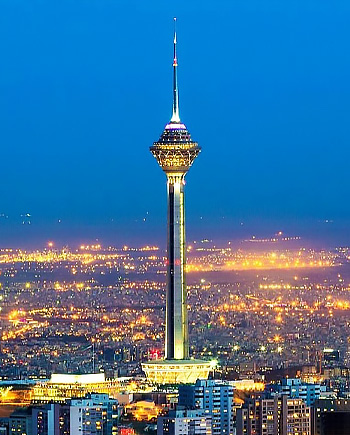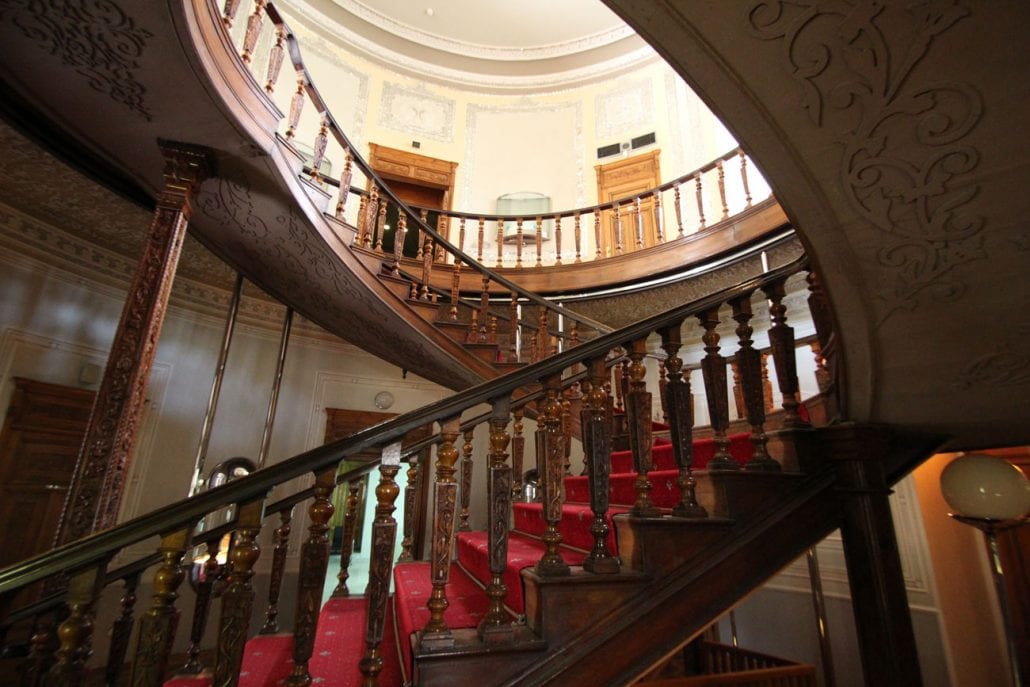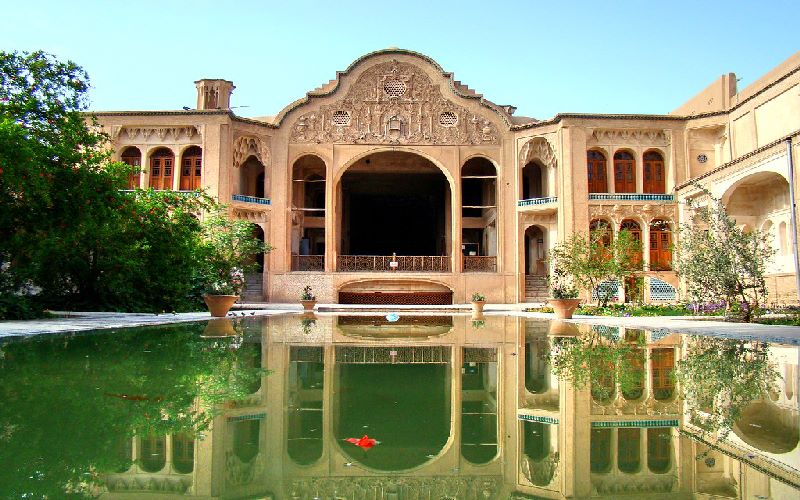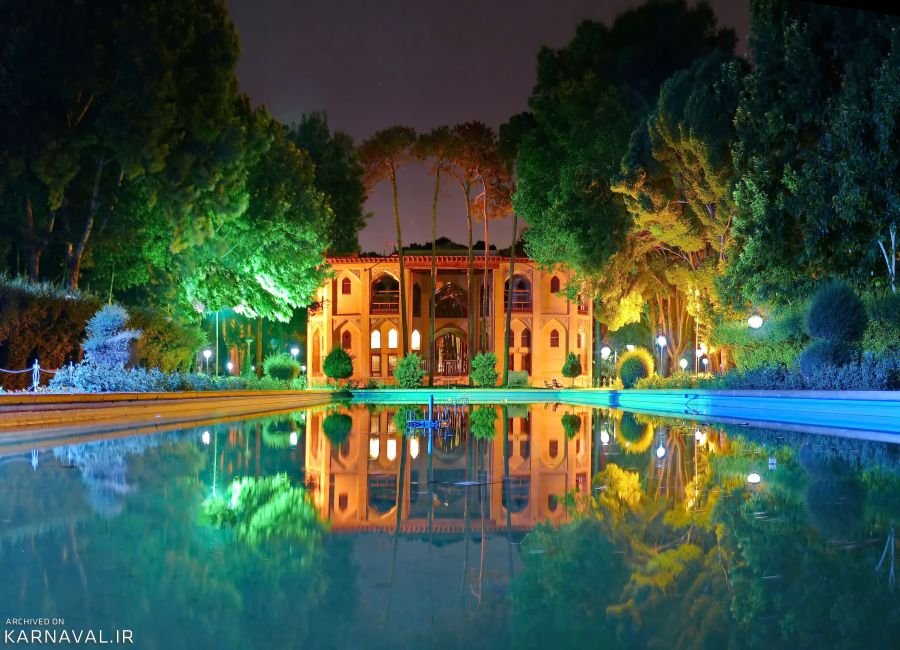





























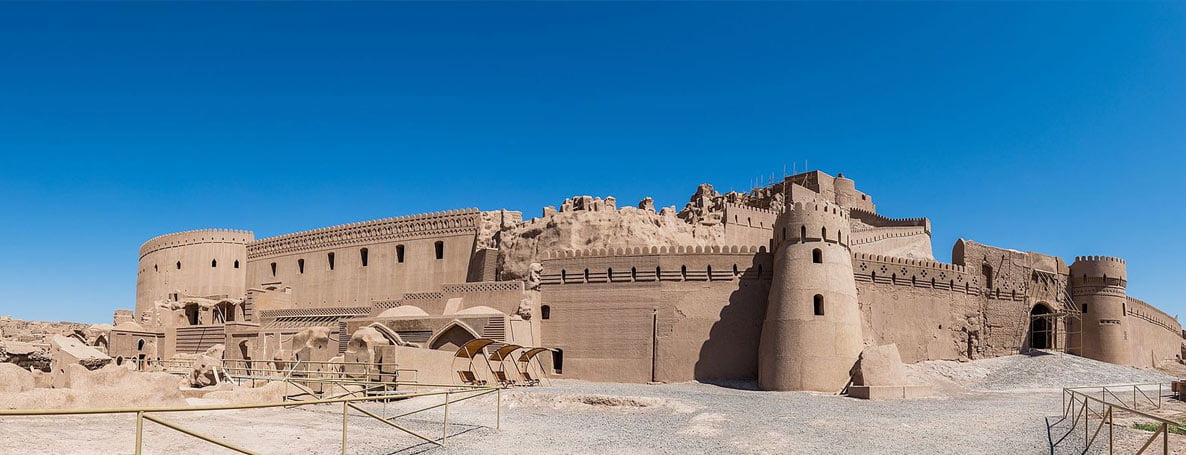

The ancient mud city of Bam is the largest adobe structure on earth and, until the 2003 earthquake, it was one of the jewels in Iran’s tourism crown. The site has been occupied for almost 2000 years and post- earthquake analysis revealed the walls were first built using Sassanian-style mud bricks. Bam was a staging post on the trade routes between India and Pakistan at one end and the Persian Gulf and Europe at the other.
Visitors, including Marco Polo, were awestruck by the city’s 38 towers, huge mud walls and fairy-tale citadel — the Arg-e Bam. Today the Arg is the largest adobe building project on earth. Using mainly traditional methods, about 150 archaeologists, engineers and labourers are rebuilding the outer walls, the main citadel and a few buildings in the surrounding town.
Arg-é Bam was an important stop along the Silk Road. This was not a single road, but many trade routes that connected China and Europe. t cut through the deserts of Central Asia. Traders carrying silk, spices, and other goods travelled together in large groups, called caravans. They hoped this would keep them safe from robbers. Camels were the only animals hardy enough to carry goods along this treacherous route.
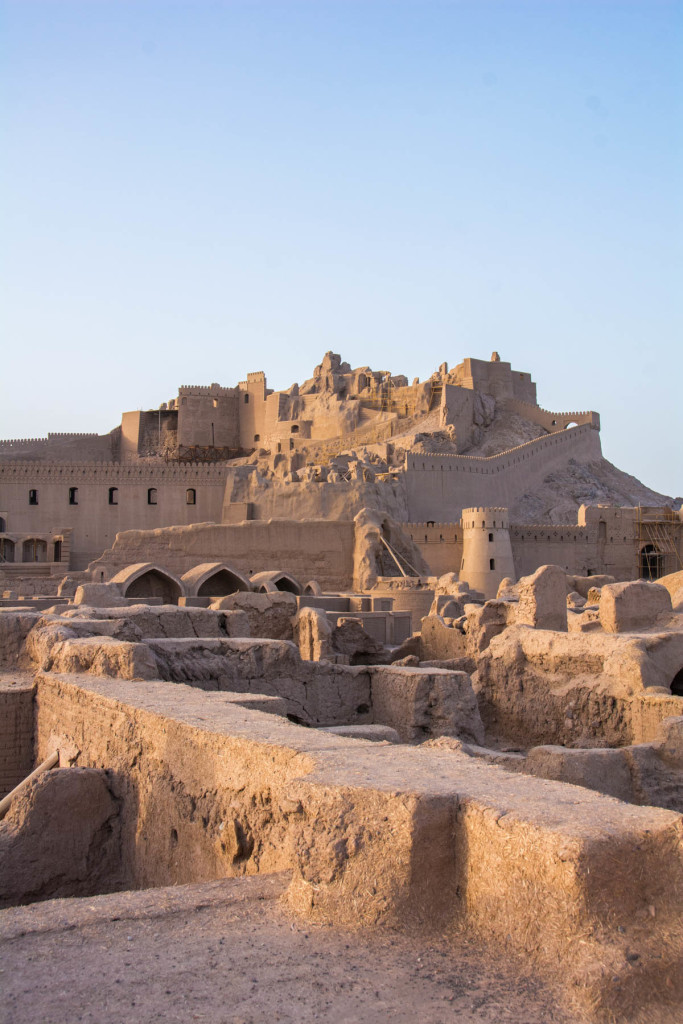
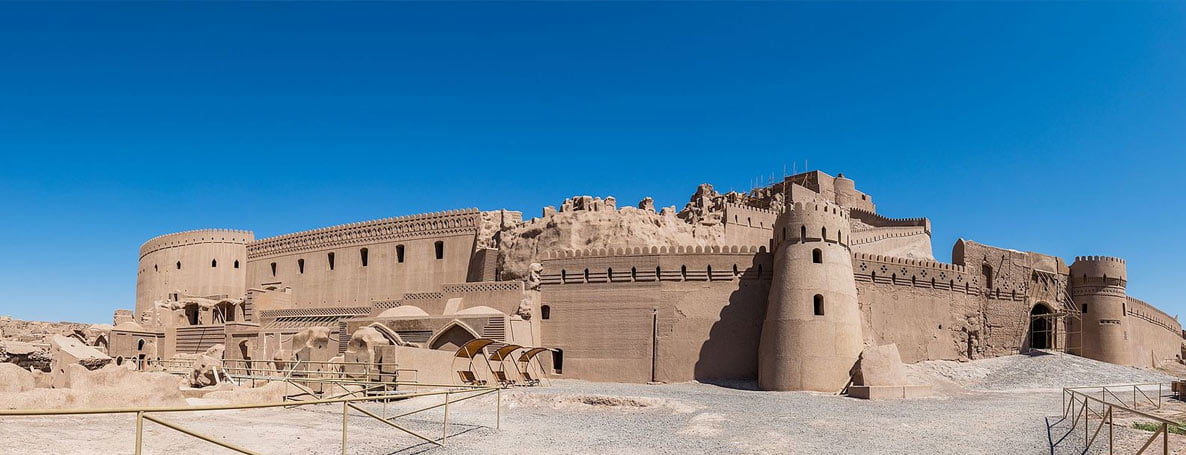

Visitors can avail free date change.
No cancellations and refunds can be made.



